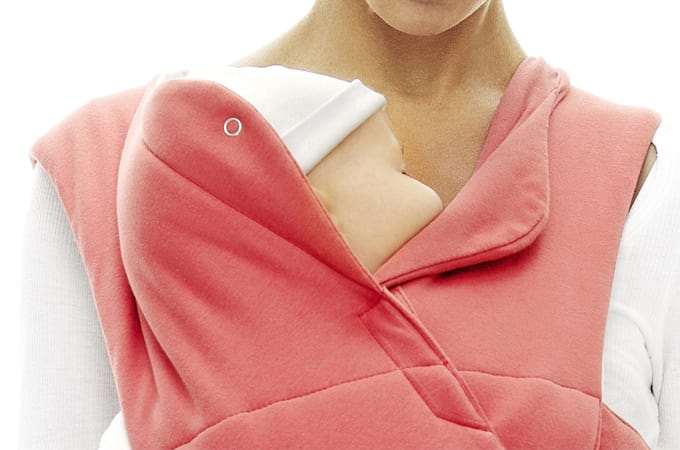The basics of infant spine development
Adult spines are ‘S’ shaped, and feature four slight curves that assist with balance and flexibility. The curves in our spine also help to absorb stresses placed on our back. For example, when walking down a cobbled street, the curves will take the impact of each step to prevent damage to the spine. Babies are not born with ‘S’ shaped spines, instead they have a long ‘C’ shaped spine. This is why babies appear curled up, because gravity has not yet lengthened and altered their spines.
The ‘S’ shape develops as your baby grows. When he learns to lift and hold his head, he will start to develop the first curve at the top of his spine. It will take until after your child’s first birthday, when he walks away from you unsupported, for him to acquire the ‘S’ shape of a developed spine.
Prams and infant spine development
Newborn babies do not naturally lie flat. They will have their legs pulled up to allow the spine to adopt the natural ‘C’ shape discussed above. Lying your baby down in a horizontal position for long periods, such as in a pram, forces the ‘C’ shape to flatten, putting pressure on the developing spine.
Babies can often be contained in prams for lengthy durations during the day. If the pram is used for the duration of a day trip, the baby could spend a long time lying flat. This would put a lot of pressure on the developing spine, and even prevent it from developing properly.
While this doesn’t mean that you must never lie your baby flat, it does mean you should try to reduce the amount of time your baby spends in this position. This doesn’t mean, however, that you should relocate your baby to the car seat as an alternative.
Car seats and infant spine development
Car seats, while allowing the baby’s spine to stay in its natural ‘C’ shape, are still problematic for infant spine development. Babies who are restricted in car seats for long periods may find that their spinal development is delayed. If sat upright in a car seat, the baby may not strengthen and learn to use the muscles to hold up and control his head. Experts advise that babies should spend no longer than two hours a day in a car seat.
What should I use?
Obviously, a car seat is a legal requirement and should always be used when in a moving vehicle. However, you should try to reduce the amount of time your baby spends in his car seat outside of the car.
To avoid your baby spending a lot of time lying flat in a pram, you could invest in a sling. Slings hold babies in the foetal tuck position which supports the natural ‘C’ shape of your baby’s spine. Being held upright allows your baby to develop and use muscle control to stay upright, get comfortable and look around. Babywearing is a great way to support the natural development of your baby’s spine.
Written by Fiona, proud owner of a toddler, @fiona_peacock
Image: http://www.wallaboo.com/baby-carriers.html
This information is not intended to replace the advice of a doctor. Health & Parenting Ltd disclaims any liability for the decisions you make based on this information. All contents copyright © Health & Parenting Ltd 2013. All rights reserved.










